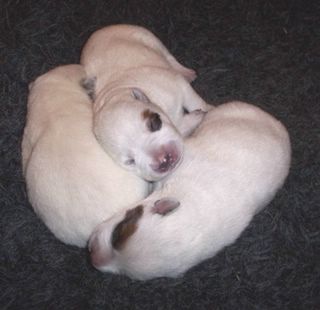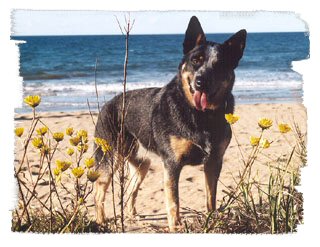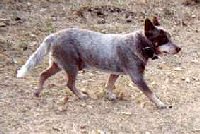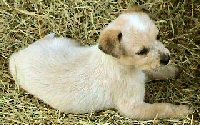The Kennel Clubs have regulations covering the types of names that can be registered.
The AKC limits the name to thirty characters, including spaces and hyphens, and permits thirty-seven dogs of each breed to be assigned the same name. Under AKC rules, the words and phrases that may not be included in a dog's name are:
- Champion, champ, sieger or any other AKC title or show term.
- Obscenities and words derogatory to any race, creed or nationality.
- Kennel(s), male, stud, sire, bitch, dam and female.
- Breed names alone.
- There are no restrictions on numbers that are spelled out.
The CKC also allows thirty characters but will reject a name if :
- The name of a member of the Royal Family is part of the dog name.
- The name of a national leader is part of the dog name.
- The name is similar to a CKC-registered kennel name.
- The name is similar to a registered kennel name of a national kennel club that has a working agreement with the CKC (i.e., the American Kennel Club).
- A dog of the same breed currently has the same name.
- The proposed name is considered unsuitable for a purebred dog.
- A name must consist of more than one word but not exceed 24 letters.
- The surname of the applicant is not acceptable.
- A word cannot be repeated when naming puppies.
- Canine terms are not permissible, e.g. "dog", "bitch", "Kennel",
"Champion", "Crufts" and specific names of breeds. - The Kennel Club reserves the right to refuse any name, which it considers
inappropriate or offensive.
The VCA has similar rules but also:
- The use of apostrophes and the letter (‘s), which goes with it and all hyphens shall not be permitted in names.
- The use of names of towns, places, countries, notable persons, common names, or names that are misleading as to sex, origin or relationship may be refused.
- A name once registered shall not again be re-registered in the same breed.












